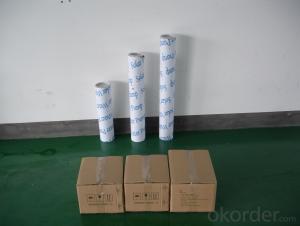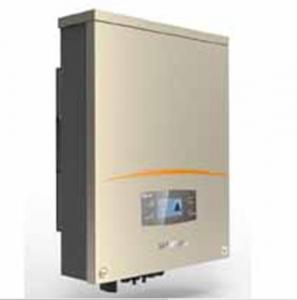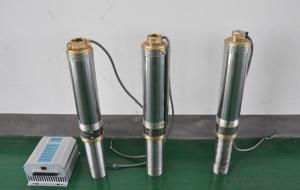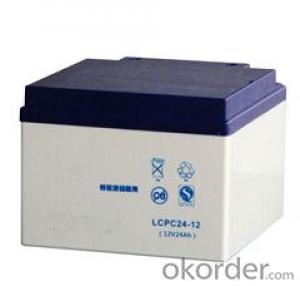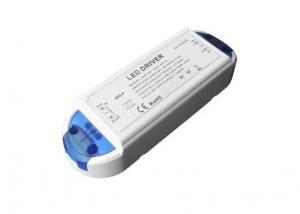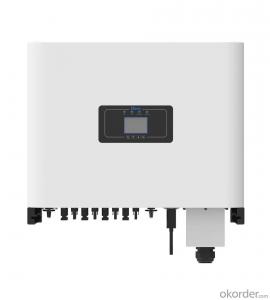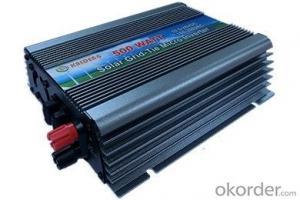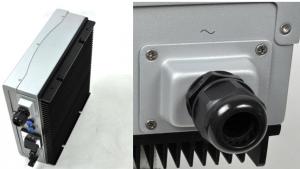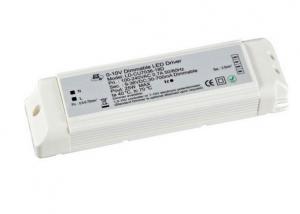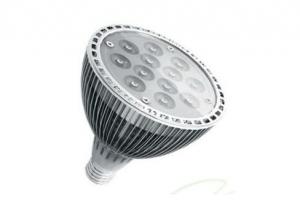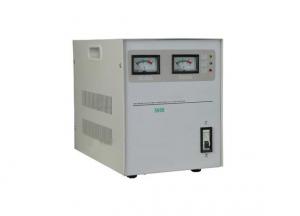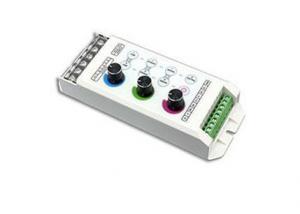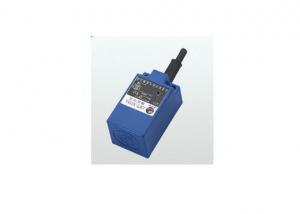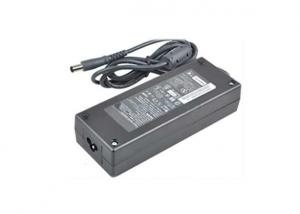24v Inverter Solar
24v Inverter Solar Related Searches
24v Solar Inverter 24 Volt Inverter Solar Solar 24v Inverter 24 Volt Solar Inverter 24 Volt Solar Power Inverter Solar Power Inverter 24v 24v Hybrid Solar Inverter 240v Inverter Solar 24 Volt Hybrid Solar Inverter Solar Inverter Charger 24v 24v Solar Inverter Charger Solar Inverter 240v Hybrid Solar Inverter 24v 240v Solar Inverter 24 Volt Solar Inverter Charger Best 24v Solar Inverter 240 Volt Solar Inverter Best 24 Volt Solar Inverter 24 Volt Solar Inverter Price Solar Inverter 24 Volt Price 24 Volt Mppt Solar Inverter 24v Mppt Solar Inverter 12v Solar Inverter 25kw Inverter Solar Solar Inverter 24v To 230v Mppt Solar Inverter 24v Solar 220v Inverter 230v Solar Inverter Solar 12v To 240v Inverter 220v Solar Inverter24v Inverter Solar Supplier & Manufacturer from China
24v Inverter Solar products are a crucial component in the renewable energy sector, offering a reliable and efficient way to convert solar energy into usable electrical power. These inverters are designed to handle the specific requirements of 24-volt solar systems, ensuring optimal performance and compatibility. They are engineered to work seamlessly with solar panels, batteries, and various electrical loads, making them an essential part of any solar power setup.The application and usage scenarios of 24v Inverter Solar products are vast, ranging from residential solar systems to commercial and industrial applications. They are commonly used in off-grid solar power systems, where they provide a stable power supply for homes, businesses, and remote locations without access to the main power grid. Additionally, these inverters can be utilized in grid-tied systems, where they help to regulate the flow of electricity between the solar panels and the grid, ensuring a smooth and efficient transfer of power. In some cases, they are also employed in backup power systems, providing a reliable source of electricity during power outages or emergencies.
Okorder.com is a leading wholesale supplier of 24v Inverter Solar products, boasting a large inventory of high-quality inverters from reputable manufacturers. This extensive selection ensures that customers can find the perfect inverter to meet their specific solar power needs. With a commitment to providing excellent customer service and competitive pricing, Okorder.com has established itself as a trusted source for solar power components, including 24v Inverter Solar products, for customers worldwide.
Hot Products



